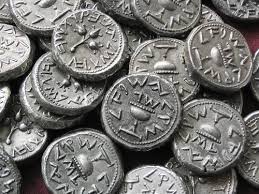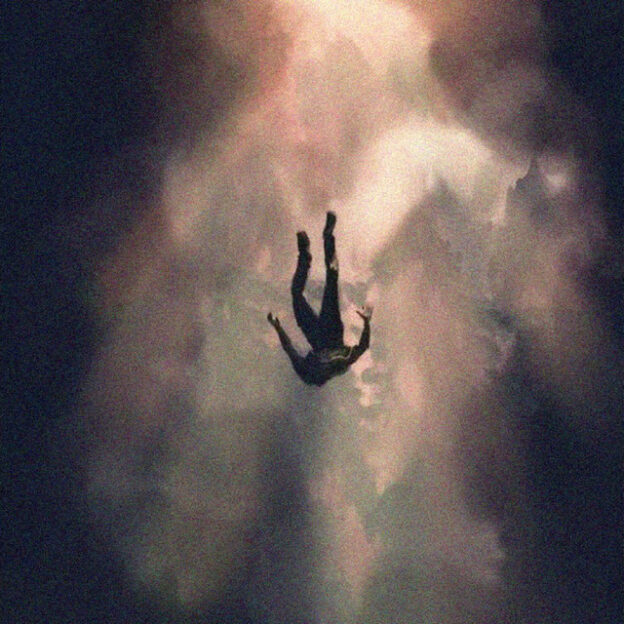Our ancestors’ devotion, so soon after the revelation at Har Sinai, to a physical object, the egel hazahav, the golden calf, is rightly and remarkably confounding. Obviously, like so many of the Torah’s narratives, behind the simple Written Law account lies information necessary for a true understanding of things.
Rav Yaakov Moshe Charlop, in his Mei Marom, offers a tantalizing thought with regard to the calf-worshiping. He suggests that the people, on the sublime level approaching prophecy that they had attained after Hashem’s revelation, perceived something shocking but true: that Hashem will speak to them in the future from something physical, something in fact made of gold.
The truth of that perception lay in the kruvim that were part of the kapores covering the aron in the holiest part of the Mishkan. From a point between those golden representations of children, Hashem would one day speak to Moshe (Bamidbar 7:89).
Like every actual prophecy, though (see Rambam, Hilchos Yesodei HaTorah, 7:3), the vision required accurate interpretation. And, faced with the egel, which Chazal tell us emerged miraculously from the gold thrown into a fire, and what they felt was Moshe’s tardiness in returning from the top of the mountain, the people surmised that the egel was the golden object that would host Hashem’s future communication.
There is a lesson there for all of us far from the level of perception of our Sinai ancestors. We often assume that what we see is to be interpreted a certain way, and that our position or actions should be based on that interpretation. Often we are right. But often, wrong. The law of unintended consequences can wreak much havoc.
Consider Sefer Esther. Imagine the Shushanites’ interpretation of Mordechai’s stubborn refusal to honor Haman with a bow to him. It was reasonable for them to conclude from that sight that Mordechai was endangering the Jews rather than subtly paving the path toward their rescue from mortal danger.
Reasonable, but wrong.
We, too, need to respect the interpretation of events and the required response that experienced elders counsel. And sometimes that requires, if not ignoring what we see, at least understanding that its implications may not be what we think.
© 2023 Rabbi Avi Shafran









